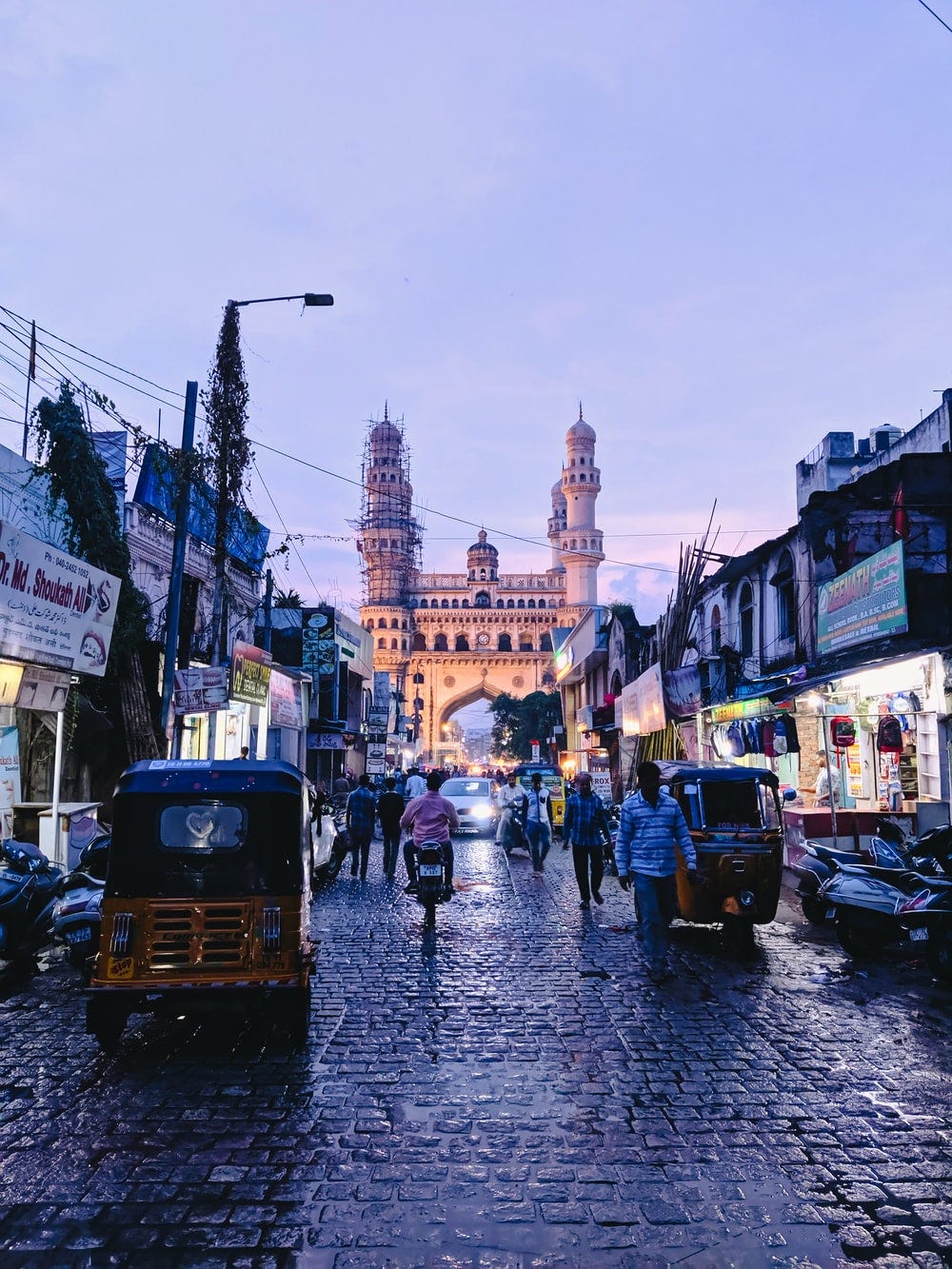India - lessons learned from globalization and liberalization
Photo by Shubham Rath via Unsplash
In 1991 India’s finance minister Manmohan Singh made a speech in favor of economic liberalization and free-market ideas. He stated that “No power on earth can stop an idea whose time has come”. And with the idea, he meant globalization in terms of increased economic and technological flows worldwide. Just before 1991, India was among the most protectionist, regulated, and even centrally planned economies globally seen. Many people in India needed licensees for so many activities that the expression “license raj” was shaped.
Since 1991, India has changed dramatically as a society with aspects as poverty reduction, wealth creation, middle-class development, increased trade flows reflecting modern India. In his article Politics of Economic Reforms: Real Lessons from 1991, liberal opinion-maker Barun Mitra describes the development during the 1990s and the current situation.
Mitra starts by describing that the 1980s was a politically volatile period in India with for example, ethnic violence in the state of Assam. At the same time, Prime Minister Indira Gandhi was killed in October 1984 by militant Sikhs as revenge for the military action in Punjab, leading to pogroms and massacres against innocent Sikhs as in the capital city Delhi. In order to keep the economy growing in the 1980s, the Indian government borrowed heavily internally and externally for different government projects.
During the 1990s, India was changing in terms of politics by new governing parties and coalitions, which contrasts to the period of 1950-1990 when India was governed by the National Congress Party, taking the legacy of thinker and philosopher Mahatma Gandhi. During the 1990s, the current right-wing populist and Hindu-nationalist BJP party came to power, and political parties began to compete with each other over economic performance in relation to the economic liberalization agenda.
Mitra points out that what makes the political context of economic reforms really interesting is that between 1989-2014 India had coalition governments at the national level, which were often large and unwieldy but that despite many problems as “cast politics,” resulted in a surprising degree of continuity in economic policies and the general thrust on reforms. For example, throughout the first decade of the 21st century, most major political leaders also competed on promises to deliver higher economic growth. Mitra concludes that the politicians were forced to look for policies that improve economic performance only when they find that their own political survival is at stake.
Thereby, Mitra’s conclusion is that:
“The real lesson from India’s economic reforms is that political competition creates the conditions where economic reforms become possible, which improves economic growth. Coalition politics requires negotiations that produce wider buy-in for reforms while checking arbitrary use of political power that may put a coalition partner at a disadvantage. This is in sharp contrast to the popular belief that hard economic decisions can only be taken by a strong political leader, with a stable legislative majority.”
For more information, you can read the article via the following link.
Thanks for reading. You can reward and support my writing via:
Pay Pal – lauvlad89@gmail.com
Seeds – vladlausevic
Steemit – @lauvlad89
Skycoin – ZxjhWMJRbTNCRQzy5MekZzH4fhdWFCqBP8
Bitcoin 3HbxyDXE9MhNQ8RqsirqgYvFupQzh5Xby2
Swish – 0762345677
Tezos — tz1QrRzkTAKuPKF8dmGW6c1ScEHBUGvoiJBM

